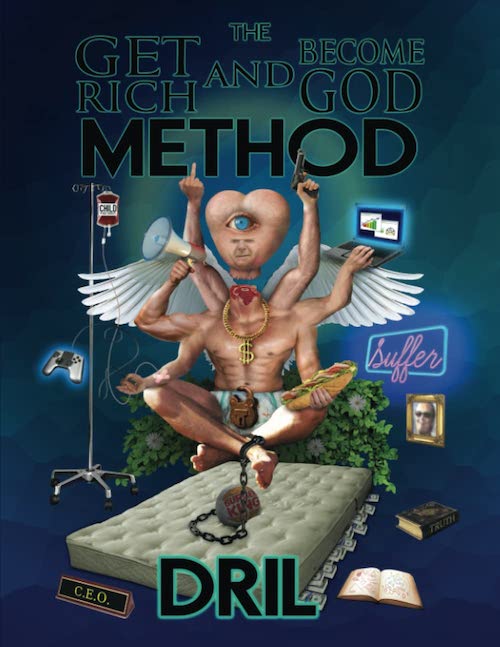
Benjamin Franklin’s admirers have to acknowledge certain embarrassing truths about the man, not least that, were he alive in the twenty-first century, he would almost certainly be big on Twitter. As the dulcet narration of Ken Burns’s two-part documentary “Benjamin Franklin” explains, Franklin’s achievement of “such remarkable success” that would lead him to be “handed down for generations as the embodiment of the American Dream,” began with publishing a newspaper, the Pennsylvania Gazette, at the age of twenty-three. Franklin included “crime stories, notices of fires and deaths, a moral advice column, funny tales he concocted that flirted with sexual innuendo, and letters from readers, including some he wrote himself, under tongue-in-cheek pseudonyms like Anthony Afterwit and Alice Addertongue,” creating a reading experience not entirely dissimilar to scrolling through one’s timeline.
He also engaged in a now common social-media practice by using the Gazette to promote other, more commercially viable projects, including, in 1732, the one that would make his name: “Poor Richard’s Almanack.” The yearly volumes, according to Burns’s documentary, were “ostensibly written by the hapless Richard Saunders, who claimed he was writing his almanac simply because his wife threatened to burn his books if he didn’t earn something from them.” It was in this fictional persona that Franklin composed the “Almanack,” the popularity of which brought him considerable wealth. Essentially an information-dense calendar, the Almanack was pitched not to the American book-buying class but the larger, less refined, more practical-minded public beyond, offering a mixture of useful (or at least fascinating) facts, generously seasoned with poems, recipes, and improving proverbs.
Or, as another, highly un-Burnsian telling puts it: “Poor Richard’s Almanack” was “filled to the brim with relatable Quotes, stuuff about the ocean tides, information on vinegar prices, and other good shit of that nature.” These words, and their typos, come from “The Get Rich and Become God Method,” the second book by the comic-absurdist Twitter personality known as Dril. He describes Franklin—calling him, with characteristic garbledness, “Ben Franken”—as “a fellow wise man and publisher of astute witticisms who I have often modeled my brand after.” Indeed, Dril continues, “if famous ‘Ben Franken’ were alive today he would read every page of the Get Rich and Become God Method, and say, ‘Yes, this is what I was ultimately setting out to accomplish all those years ago.’”
Read the whole thing at the New Yorker.